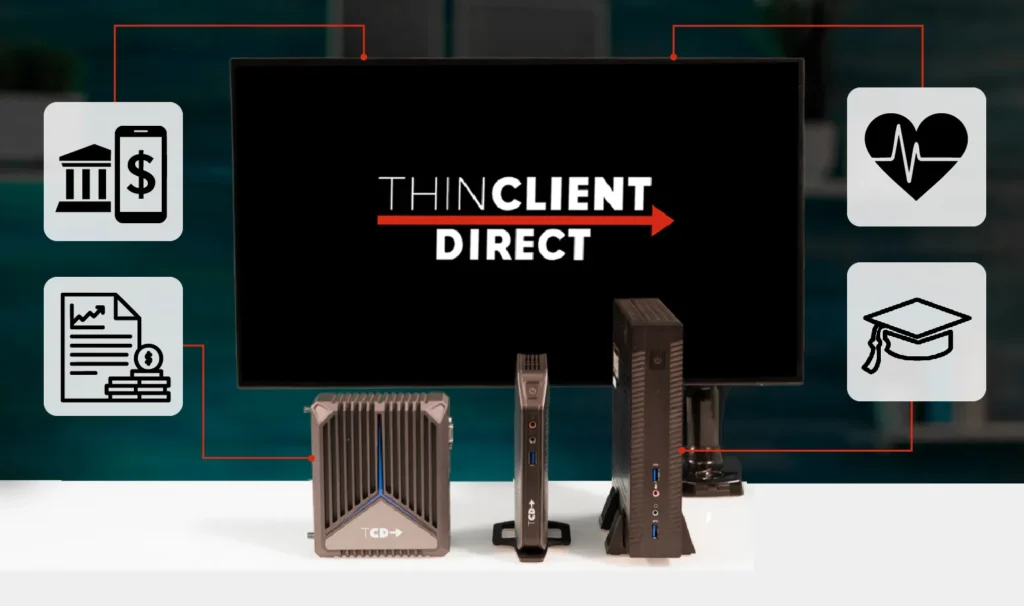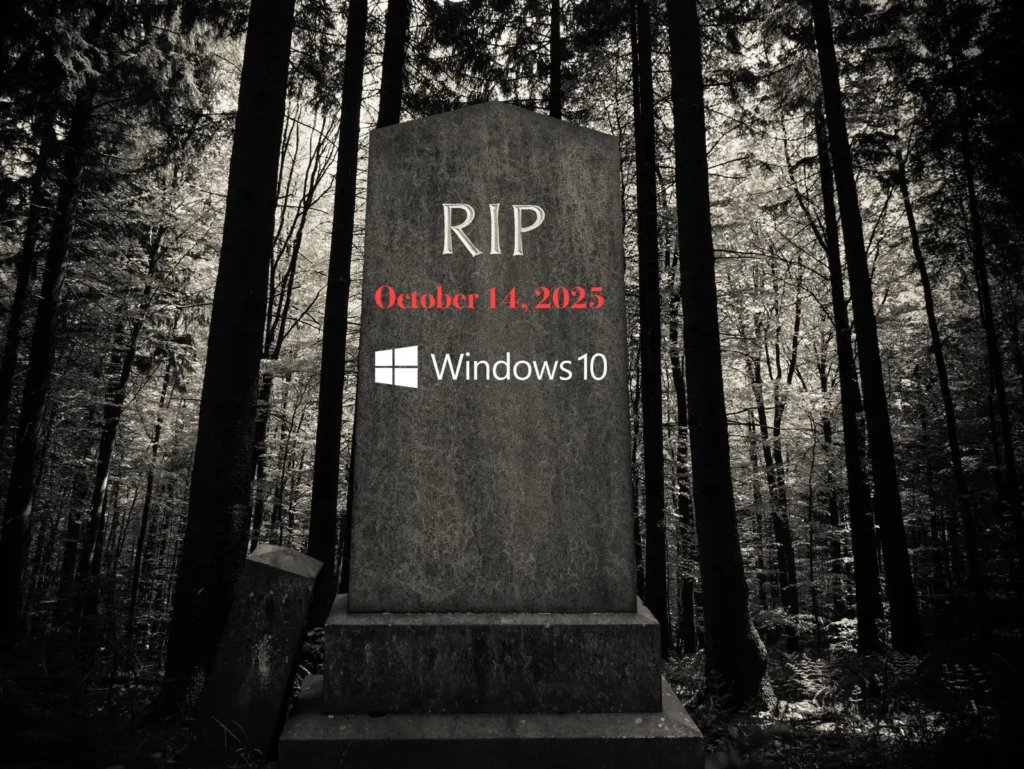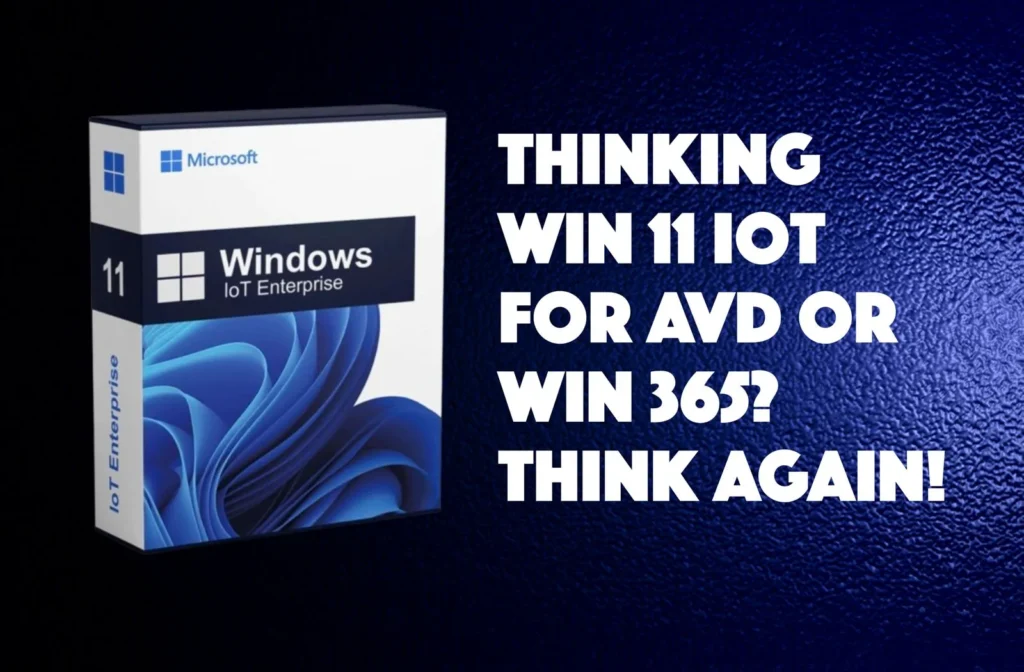A Closer Look at Windows IoT: How Does It Differ from Its Desktop Counterparts?
April 29, 2024
Have you ever wondered what lies beneath the surface of Windows IoT? How does it differ from its traditional desktop counterparts, and why is it gaining so much attention in the tech world? In this blog post, we’ll take a deep dive into Windows IoT to discover its unique features, applications, and potential for innovation. Whether you’re a curious enthusiast or an aspiring developer, get ready for an illuminating journey as we unravel the mysteries behind this increasingly popular operating system.
Introduction to Windows IoT and its Purpose
Windows IoT (Internet of Things) is an operating system designed by Microsoft specifically for developing and managing devices connected to the Internet. It provides a platform for developers to create intelligent, connected devices that can gather and transmit data, interact with other devices, and be remotely managed. But what makes Windows IoT different from its desktop counterparts? In this article, we’ll examine its features and purpose.
What is Windows IoT?
Windows IoT is part of Microsoft’s larger vision for the Internet of Things. It provides a platform for developers to build intelligent edge devices that can connect to the cloud and leverage advanced analytics capabilities. These devices range from tiny sensors and kiosks to industrial equipment and vehicles.
With Windows IoT, developers have access to tools such as Visual Studio, the .NET framework, Azure cloud services, and support for multiple programming languages, including C++, Python, Node.js, and more. This allows for easy integration with existing workflows and infrastructure.
What is the Purpose of Windows IoT?
The main purpose of Windows IoT is to enable businesses in various industries, such as manufacturing, healthcare, retail, transportation, etc., to develop innovative solutions powered by connected devices. These solutions can help organizations streamline operations, improve efficiencies, and drive business growth.
Key Differences Between Windows IoT and Traditional Desktop Versions
Windows IoT (Internet of Things) is a version of the Windows operating system specifically designed for small, low-powered devices connected to the Internet. While it shares some similarities with traditional desktop versions of Windows, several key differences make it better suited for IoT applications. In this section, we will take a closer look at these differences and explore how they impact the functionality and performance of Windows IoT compared to its desktop counterparts.
1. Size and System Requirements
One of the significant differences between Windows IoT and traditional desktop versions of Windows is its size and system requirements. Desktop versions like Windows 10 require over 20GB of storage space and a minimum of 1GB of RAM. However, Windows IoT has been optimized for smaller devices with limited resources, such as single-board computers or microcontrollers. It comes in different editions based on the targeted device type, with the most lightweight edition – Windows 10 IoT Core – requiring only about 135MB of storage space and 256MB RAM.
2. User Interface
The user interface (UI) is another significant difference between the two versions. Traditional desktop versions have a full-fledged UI for large screens with multiple input methods like keyboard, mouse, and touch controls. On the other hand, as many IoT devices do not have large displays or any input method other than touch (in case it has one), Windows IoT features a stripped-down UI optimized for touchscreen devices without keyboards or mice.
3. Device Management
Windows IoT has built-in device management capabilities, making it easier to monitor and manage multiple devices remotely. This is particularly useful for IoT deployments in which a large number of devices need to be managed and monitored simultaneously without direct access to them.
4. Security
Security is a critical concern as IoT devices are often connected to the internet. Windows IoT offers robust security features like secure boot and device-level encryption, ensuring that data transmitted between the device and the cloud is safeguarded from potential threats.
5. Development Environment
Traditional desktop versions of Windows have been around for decades and have an established development environment with many tools and languages available for developers. In contrast, Windows IoT is relatively new, and its development environment is still evolving. However, Microsoft has made significant strides in recent years by adding support for popular languages like C++, C#, Python, Node.js, and more.
6. Compatibility
Another key difference between the two versions is their compatibility with different hardware devices. Traditional desktop versions of Windows are designed to work on a wide range of devices, including PCs, laptops, tablets, and more. In comparison, Windows IoT only runs on specific types of embedded systems or smaller devices typically used in IoT.
Advantages of Using Windows IoT in Various Industries
Windows IoT (Internet of Things) is a specialized version of the Windows operating system designed specifically for smart devices and other embedded systems. It offers numerous advantages over traditional desktop versions of Windows, making it a popular choice for various industries. This section will discuss some key benefits of using Windows IoT in different industries.
1. Scalability
One of Windows IoT’s main advantages is its scalability. The platform supports a wide range of devices, from small, low-power sensors to powerful industrial machines. This flexibility in scaling makes it suitable for deployment in various industries, including manufacturing, healthcare, transportation, retail, and more.
2. Familiar User Interface
Windows IoT retains the familiar user interface that users are accustomed to on desktop versions of Windows. This makes it easier for users to adapt to the new device and significantly reduces training time. The similarity in UI also enables cross-platform development, allowing developers to simultaneously create applications for desktop and embedded systems.
3. Extensive Device Support
As mentioned, Windows IoT supports many devices with different architectures, such as ARM and x86 processors. Additionally, it can run on compact and full-fledged computing boards like Raspberry Pi and Intel NUC,s respectively. This expansive device support allows businesses to choose the hardware that best fits their needs without worrying about compatibility issues.
4. Security
Security is a top priority for any technology deployed in business environments.
Limitations and Challenges of Implementing Windows IoT
While Windows IoT brings a range of benefits and capabilities to the Internet of Things (IoT), it also comes with its own set of limitations and challenges regarding implementation. In this section, we will look closely at some key limitations and challenges organizations may face when implementing Windows IoT.
1. Hardware Limitations
One of the main limitations of implementing Windows IoT is the hardware requirements. Windows IoT requires specific hardware specifications for optimal performance, unlike its desktop counterparts, which can run on various hardware configurations. Organizations looking to adopt Windows IoT may have to invest in specialized hardware, which can be more expensive than devices running other operating systems.
2. Learning Curve
Another challenge organizations may face when implementing Windows IoT is its associated learning curve. While Microsoft has made efforts to make the transition from desktop versions to Windows IoT as seamless as possible, users still need to familiarize themselves with specific differences in terms of interface, features, and commands. This may require additional time and resources for training employees or hiring individuals with prior experience in working with Windows IoT.
3. Limited Compatibility
Windows IoT is a relatively new operating system designed specifically for embedded devices. However, it lacks compatibility with specific third-party software applications and tools businesses may use. This could pose a challenge for organizations looking to integrate their existing systems or processes with devices running on Windows IoT.
4. Security Concerns
With the rise of IoT devices, security has become a significant concern for businesses. While Windows IoT offers certain security features, such as device-level encryption and secure boot, it is still vulnerable to cyber-attacks. This can especially concern organizations dealing with sensitive data or operating in industries with strict data privacy and security regulations.
5. Limited Community Support
Compared to other popular operating systems like Linux, Windows IoT has a smaller community of developers and users. This means that finding resources, troubleshooting issues, or getting support from the community may not be as easy as it would be with other operating systems.
6. Maintenance and Upgrades
Another challenge that organizations may face is maintaining and upgrading their devices running on Windows IoT. As devices are often deployed in remote locations, maintaining them becomes more challenging than maintaining traditional desktops or laptops. Moreover, upgrading to new versions of Windows IoT can also be disruptive, requiring businesses to invest time and resources into the process.
In conclusion, while Windows IoT offers several benefits for businesses looking to leverage the power of connected devices, it also comes with limitations and challenges that organizations must consider before implementing. Businesses must carefully evaluate their specific needs and requirements before deciding whether Windows IoT is the ideal solution for them.
Comparison with Other Operating Systems for Embedded Devices (e.g. Linux)
As the name suggests, Windows IoT is a specialized version of the Windows operating system designed for embedded devices. This begs the question: How does it compare to other popular operating systems used in this field, such as Linux?
Firstly, let’s look at Linux. This open-source operating system has been widely used in embedded devices for many years and has a strong reputation for stability and flexibility. One of the key advantages of Linux is its modular structure, which allows developers to customize and optimize the OS for their specific device. This results in a highly efficient and streamlined system that can run on even low-powered devices.
On the other hand, Windows IoT has an edge regarding user-friendliness. The well-known Windows interface makes it easier for developers familiar with traditional desktop systems to transition into building applications for embedded devices. Additionally, Windows IoT offers development tools such as Visual Studio, making it more accessible to those with programming experience in languages like C# or .NET.
Both Linux and Windows IoT offer hardware compatibility support for a wide range of processor architectures. However, due to its more extensive user base and market dominance in the desktop realm, Windows IoT may have a slight advantage regarding device drivers and third-party software compatibility.
Choosing the Right OS for Your Thin Client Needs
Windows IoT and Linux-based OS solutions both offer unique advantages depending on the use case. If you’re evaluating different OS options for your thin client deployment, it’s crucial to understand how they impact security, management, and performance. Explore our Ultimate Thin Client Guide to get expert insights on selecting the best solution for your business.



